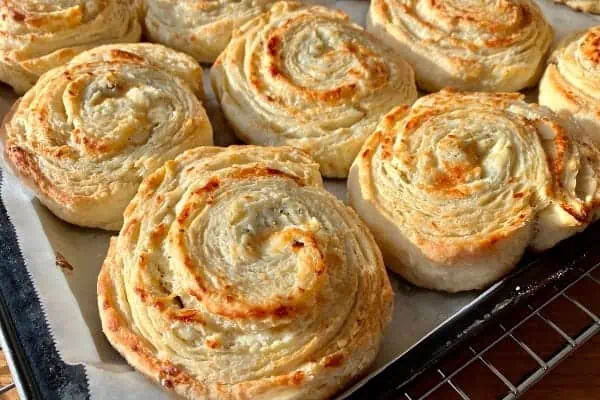About a year ago, I worked with Yukon Artists @ Work on a project called “Canvas Confidential,” a fundraiser to help Yukon artists if illness prevented them from working.
As part of this event, we hosted a wine tasting, and had very specific criteria for the chosen wines.
First, we had to order wines from the BC Liquor Corp. list, which anyone can do through the Yukon Liquour Corp. (YLC).
Our second criteria was that the wines needed to be rated at least 90 points by one or more wine publications.
The creation of this numeric ranking system is credited to American wine critic, Robert Parker, and his magazine The Wine Advocate. Other publications like Wine Spectator and The Wine Enthusiast have also adopted this approach.
Colour, flavour and mouth feel, regional weather of a particular year, the blend of grapes, and the aging process all contribute to the rating.
Wine Spectator tasters review wines on the following 100-point scale:
- 95-100 Classic: a great wine.
- 90-94 Outstanding: a wine of superior character and style.
- 85-89 Very good: a wine with special qualities.
- 80-84 Good: a solid, well-made wine.
- 75-79 Mediocre: a drinkable wine that may have minor flaws.
- 50-74 Not recommended.
So any wine rated at over 80 points will be worthwhile serving, and anything over 90 is usually an exceptional experience. But critics suggest that the pursuit by wine growers of these favourable numeric scores has drawn winemakers to produce more homogenous styles of wine.
There may be some truth to this. If you taste a Chardonnay, or a Viognier from California, Australia, increasingly Canada, and even France or Italy, there is often a somewhat generic taste — heavy on the oak, relatively high alcohol content, buttery, and a slightly viscous mouth feel. I encountered just that with a 2011 French Viognier called Three Winds Viognier, which goes for $16.30 at the YLC.
It’s not a bad wine, just predictable.
Our third selection criterion was to keep the price per bottle under $24. It is no great accomplishment to find a good wine with an unlimited budget, so for me, this limit makes it a fun challenge to find new wines.
One wine we selected for the event was the Mazzei family’s Badiola Toscana red blend, from the hills of Tuscany, in Italy.
As a result of a trip to Tuscany 10 years ago, my taste in wine was permanently changed. In 10 days I went from being a French and California wine drinker, to a man convinced that reds from Tuscany would comprise my wines of choice if I were marooned on a desert island.
The wines of the Mazzei family would be among the top on my list. This family has been making wines outside of Florence since the 1300s and is credited with coining the term Chianti to describe red wines of the region.
Today this family still makes a range of spectacular red Tuscan wines, with Badiola Toscana being the value-priced offering.
The 2010 Badiola Toscana ($21.15 at the YLC) — rated 92 points by Wine Spectator —is the highest rated vintage in the nine years I’ve been enthusing about this wine.
This blend of Sangiovese and Merlot grapes needs to be opened and allowed to breath for one to two hours before drinking (taste a splash right when you open it and then again after two hours, and you be amazed at the change that breathing makes).
Look for hints of cherry, flowers and maybe some tobacco, all balanced in a way that only 600-plus years of wine making experience can yield.
Serve with a piece of aged Parmesan cheese, a good steak dinner, or at your next fundraising effort.
It will be a fabulous summer treat.




